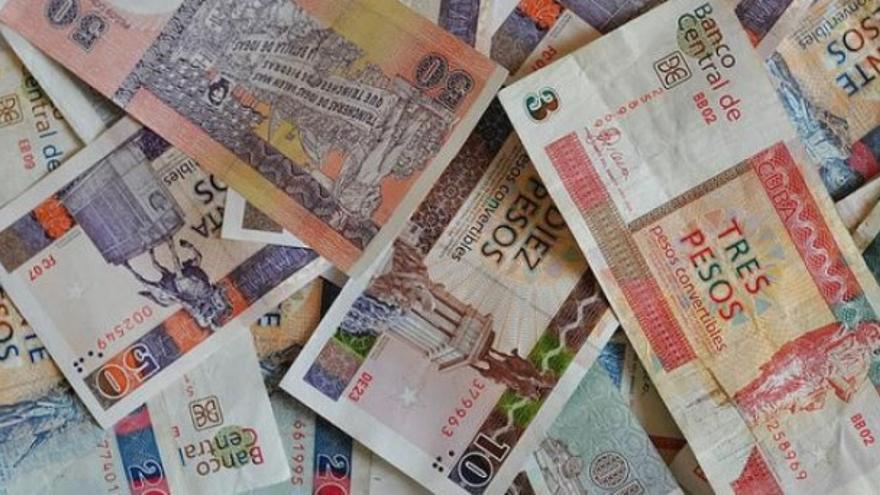
![]() Vice President Marino Murillo celebrated on the Roundtable TV program on State TV that Cubans have already disposed of half of the 600 or 700 million CUC that are expected to be put out of circulation between January 1 and June 30 of this year.
Vice President Marino Murillo celebrated on the Roundtable TV program on State TV that Cubans have already disposed of half of the 600 or 700 million CUC that are expected to be put out of circulation between January 1 and June 30 of this year.
“We designed that the CUC was going to be alive for six months, that it would be changed at the bank and collected in a group of commercial entities. What is happening is that the information was not good and it did not say exactly where it is collected and where it is not, acknowledged the person in charge of the “Ordering Task,” which includes monetary unification and the disappearance of the convertible peso (CUC). “This lets people know exactly how fast they have to get rid of their CUCs.”
Murillo also warned that between now and the 180-day period expires, the number of establishments that accept CUC, all state-owned, could decrease. On January 12, the authorities had announced that a total of 500 businesses would accept the currency, including those of the Caracol chain, the Palmares Extra-hotel Company and the Artistic and Literary Promotions Agency (Artex), in addition to the Cimex and Caribbean chains.
However, there are numerous complaints from customers who go to these establishments and find that they reject chavitos (as CUCs are called informally), despite the fact that at the entrance there is still a sign that says “CUCs continue to be accepted in this place.”
Getting rid of the CUCs remains, in short, very difficult. Most of the private businesses and services no longer accept the currency which, until a few months ago, was the most precious of the two kinds of pesos that circulated in Cuba. Food service menus and offerings from the self-employed sector have been mostly updated and are now show prices only in CUP or directly in dollars, as the reference currency.
In these establishments, there is still a way to get rid of the convertible pesos. “I have been tipped more in recent weeks than in half a year,” jokes a pizza delivery man from home. He works with the Mandao courier service in the Cuban capital. “People want to get rid of the CUC coins and give them to me so that it is my problem.”
This “problem” is, fundamentally, the lines at the bank to change the CUC. These have not abated since the beginning of the year. Customers who are waiting to get Cuban pesos, are joined by those interested in opening an account in freely convertible currency (MLC) to be able to buy in foreign currency stores, and by those who seek to pay any paperwork or overdue debt with the National Tax Administration Office, as well as those who have come to the bank to collect a transfer from abroad.
“Where’s the end of the line?” repeats a customer outside a bank on Ayestarán Street, in Havana. “If you come to change CUC you have to stand in this line because the other is for those who come to do other operations,” warns another user who is waiting outside the branch.
“I have tried to pay with these chavitos but nobody accepts them, so today I am not leaving here until I can get rid of them,” says the customer who arrived more than three hours ago to exchange 25 CUC, in two bills, one with the image of a sculpture by Camilo Cienfuegos and the other with the equestrian statue of Antonio Maceo. Convertible pesos, unlike their cousins the Cuban pesos, do not have the faces of heroes but monuments.
“They never showed their faces,” jokes a young woman who also hopes to “liquidate the few” CUC that she has not been able to spend. “I kept two bills, the one for one peso and the other for three because I want to keep them to remember what they looked like,” she says. “It is not that I collect anything, it is that since I was born this was the money that was needed to buy what was really worthwhile and now it is not. It is like saying goodbye to a relative.”
____________
COLLABORATE WITH OUR WORK: The 14ymedio team is committed to practicing serious journalism that reflects Cuba’s reality in all its depth. Thank you for joining us on this long journey. We invite you to continue supporting us by becoming a member of 14ymedio now. Together we can continue transforming journalism in Cuba.
